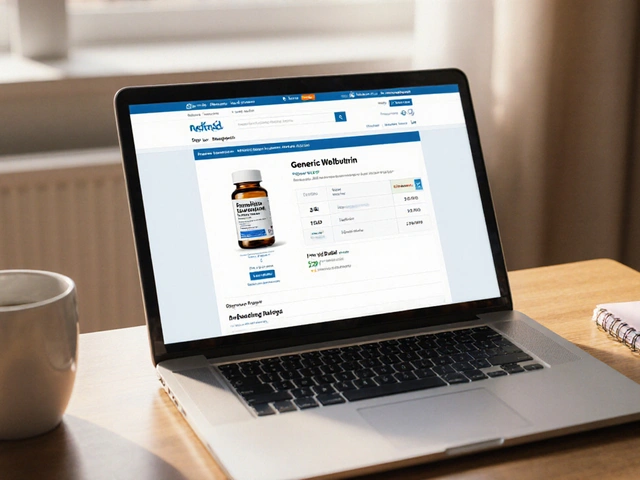Antibiotic Options: How to Pick the Right One
Antibiotics are powerful tools but choosing the right one matters. I’ll help you understand how doctors decide, what common choices mean, and what to watch for. This page collects practical posts from Blueskydrugs.com so you can compare options and ask smarter questions.
Start with the diagnosis. Bacterial infections need antibiotics; viral infections do not. For sinus infections, for example, ENT guidance often favors amoxicillin or ampicillin only when symptoms are severe or persistent. That article on our site explains when ampicillin can help and when it won’t, based on clinical patterns.
Narrow- versus broad-spectrum: narrow-spectrum antibiotics target specific bacteria and reduce resistance risk. Broad-spectrum drugs cover many bacteria but raise the chance of side effects and resistance. Doctors prefer narrow agents when they know the culprit. If tests aren’t clear, they may start broad and switch once culture results arrive.
Common classes to know: penicillins (amoxicillin, ampicillin), cephalosporins, macrolides (azithromycin), tetracyclines, and fluoroquinolones. Each class has trade-offs — allergies, drug interactions, and unique side effects. For example, fluoroquinolones can cause tendon problems in some people, while macrolides may affect heart rhythm. Mentioning these risks helps your conversation with the prescriber.
Duration matters. Shorter courses are often safe and reduce resistance. For many uncomplicated infections, three to seven days can be enough. Longer courses suit complicated or deep infections. Check the specific guidance for the illness you have.
When first-line drugs fail: alternatives exist. Some of our posts cover options if a recommended drug causes side effects or doesn’t work. For cholesterol or blood pressure drugs we discuss alternatives, and the same approach applies with antibiotics — you and your clinician can pick a suitable substitute based on allergy history and bacterial sensitivity.
Buying antibiotics online requires caution. Use licensed pharmacies and a valid prescription. Several articles on Blueskydrugs.com explain safe online buying practices for different medicines; the same rules apply to antibiotics. Avoid sites that sell prescription drugs without asking questions or offering professional oversight.
Watch for red flags: worsening symptoms, high fever, confusion, severe rash, or breathing trouble. These need immediate medical attention and might signal a resistant or severe infection.
Antibiotic resistance is not just a buzzword — it’s real. Take the full course when prescribed, avoid leftover doses, and don’t pressure clinicians for antibiotics for viral illnesses. Vaccination, hand hygiene, and avoiding unnecessary antibiotics all help slow resistance.
If you want short, reliable reads, check our ampicillin-for-sinusitis post and other linked guides on drug safety and buying tips. Ask your health provider about culture tests, allergy-safe alternatives, and expected timelines for improvement. Clear communication saves time and keeps treatment focused.
Quick Questions to Ask Your Doctor
Which bacteria are likely causing this infection? Is a culture needed before starting treatment? What are first-line and backup antibiotics if the first one fails? How long should I take the drug and what side effects should prompt a call? Can I safely take this with my other medications or supplements? Bring a list of meds.




